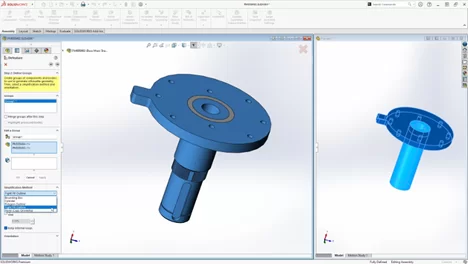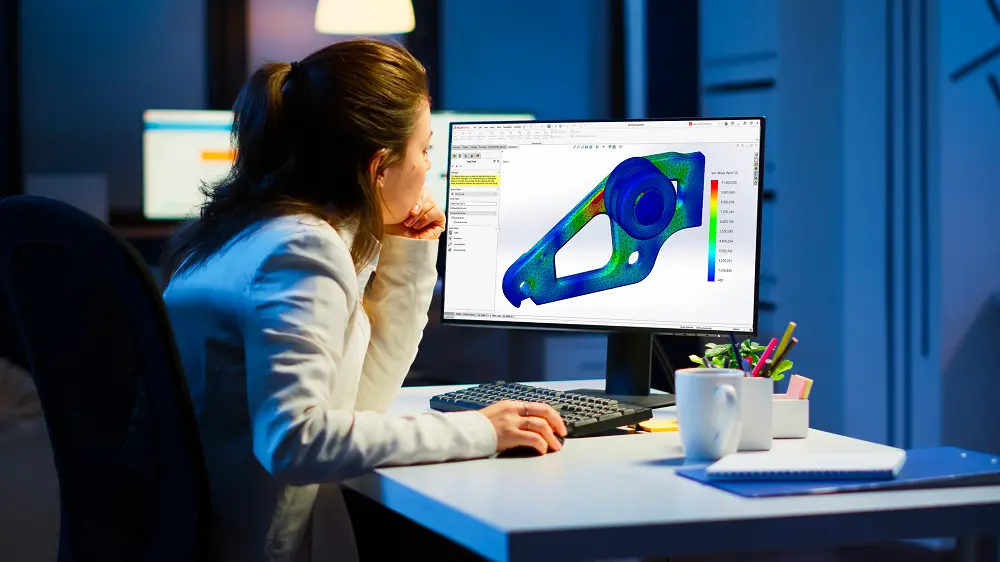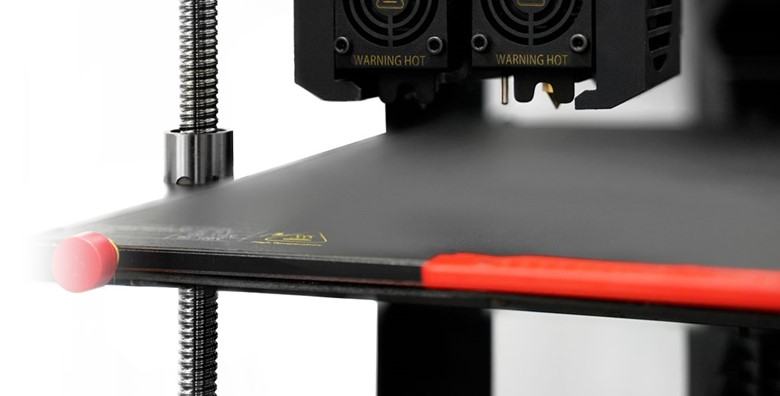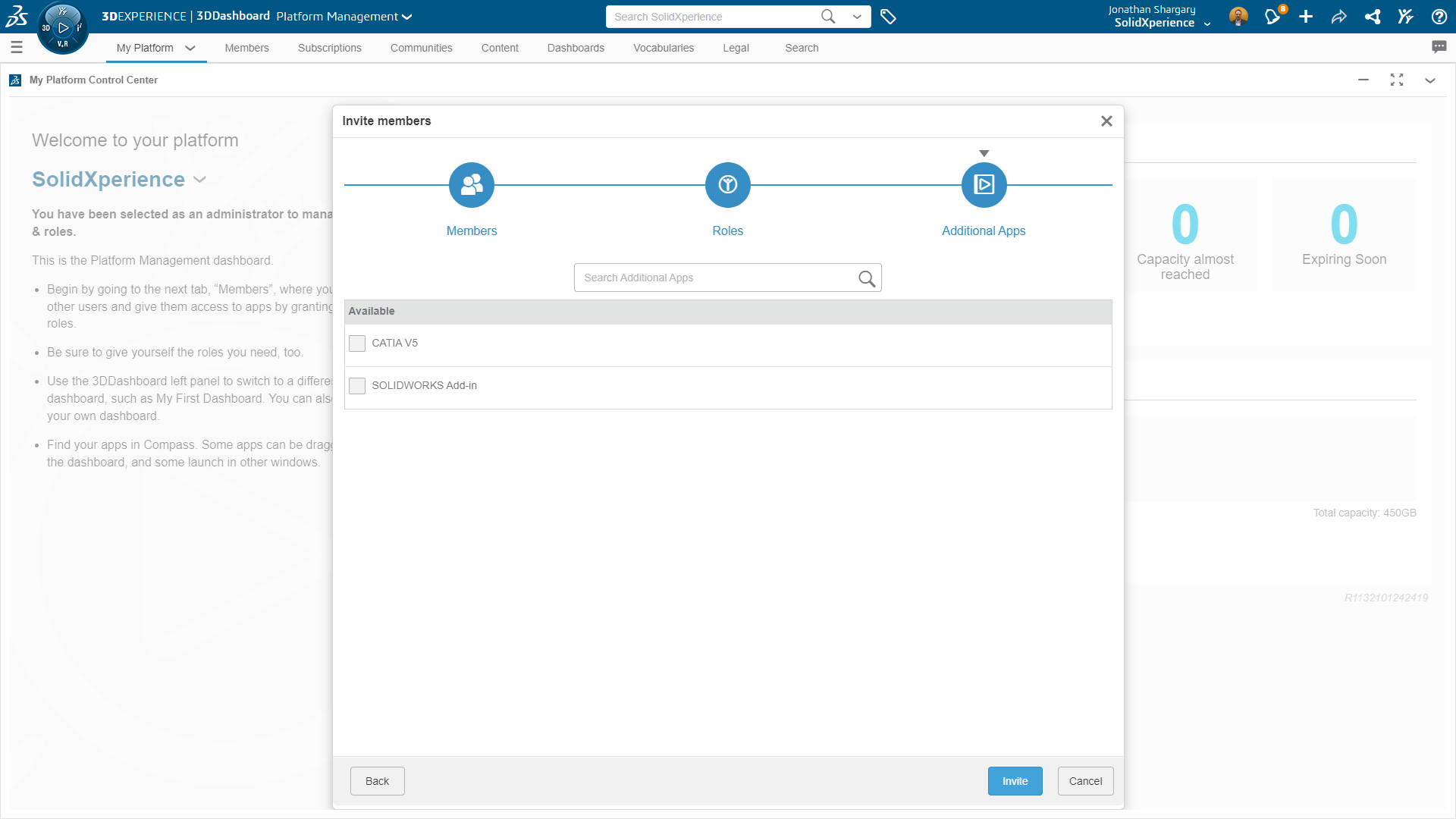Every year, SOLIDWORKS pushes the boundaries of innovation to meet the evolving needs of the design community. With SOLIDWORKS 2025, designers and engineers gain access to a robust set of tools that enhance collaboration, streamline workflows, and improve design accuracy. These updates aren’t just about incremental changes—they’re about transforming how you work, connect, and innovate.
Let’s dive into what’s new and how these updates can elevate your design process.
#1 Enhanced Collaboration and Data Management
In today’s fast-paced design world, collaboration and efficient data management are key. SOLIDWORKS 2025 introduces new features to streamline teamwork and accelerate innovation.
Access to 3DSwym from the MySession Task Pane
Easily connect with industry peers through SOLIDWORKS online communities in 3DSwym, now accessible directly from the MySession panel. This seamless integration enables real-time collaboration and knowledge sharing without leaving your design environment.
Real-Time Notifications
Stay informed with real-time notifications that ensure you’re always working on the latest file versions. Whether you’re accessing files saved to the 3DEXPERIENCE platform or tracking updates made by collaborators, notifications alert you to changes and allow you to reload the latest data or review outdated components.
Flexible Data Management Options
A new feature in 3DEXPERIENCE SOLIDWORKS lets you save your data in SOLIDWORKS PDM or other systems, giving you the flexibility to use the data management solution that best suits your needs.
#2 Advanced Part Modeling Flexibility
SOLIDWORKS 2025 empowers you to design faster and more efficiently with new part modeling capabilities.
Chamfer Selection Toolbar
The Chamfer command now includes a Selection Toolbar to automate edge selections. With options like outer edges, inner edges, and edges along extrusions, you can significantly speed up your workflow by avoiding manual edge selection.
Variable Fillet Chain
Achieve smoother transitions with the new Continuous Edge Blend option for variable fillets, enabling seamless blends across complex geometries.
Sheet Metal Bend Notch
Sheet metal design sees a boost with the ability to add customizable bend notches directly on the flat pattern bend lines. This enhancement improves manufacturability and simplifies the design-to-production process.
#3 Boosted Performance
Performance enhancements in SOLIDWORKS 2025 are designed to save you time, especially when working with large assemblies.
Silhouette Defeature Method
Simplify parts for faster processing while maintaining associations with the parent part using the Silhouette Defeature Method.
SpeedPak Configuration at Assembly Level
Create SpeedPak configurations at the top assembly level without modifying subassemblies, offering more flexibility in simplifying large designs.
Faster Assembly Mass Calculations
Previously calculated mass properties for parts and bodies are reused to speed up mass property calculations for assemblies, saving valuable time.
#4 Accelerated Assembly Modeling
SOLIDWORKS 2025 brings new features to improve assembly design and manufacturability.
Copy Assembly Components with Mates
Preserve design intent while accelerating assembly creation by copying components along with their advanced and mechanical mates.
Surface Body Interference Detection
Interference checks now support surfaces, allowing you to detect issues between solid parts and surface bodies or between multiple surfaces, making it easier to validate imported geometry.
Interference Detection in Large Design Review Mode
Speed up interference checks in Large Design Review Mode (LDR), allowing you to work more efficiently with large assemblies.
#5 Improved Detailing of Drawings
Drawing enhancements in SOLIDWORKS 2025 focus on reducing manual work and enforcing company standards.
Multi-Approval Stamps
Streamline the drawing approval process with multi-level approval stamps. Tasks and notifications can now be assigned for review, with automatic time stamps showing approval status directly on the drawing.
BOM Quantity Override for Detailed Cut Lists
Gain flexibility in how quantities are displayed in the BOM table. Structural member quantities can now be shown as QUANTITY or LENGTH x QUANTITY, offering more detailed insights.
#6 Flexible 3D Dimensioning and Tolerancing
Eliminate the need for disconnected 2D drawings with enhanced 3D dimensioning and tolerancing capabilities.
DimXpert Dimensions from Sketches
Automatically define model-based dimensions using intelligence built into sketches, speeding up the creation of fully defined models.
Drafted Feature Dimensions
Document drafted features more easily with the new DimXpert capabilities.
STEP 242 Export Controls
Communicate PMI data more effectively downstream with improved STEP 242 export options, offering greater flexibility and control.
#7 Improved Harness Board Drawings
Accelerate the creation of manufacturing documentation with the ability to create improved harness board drawings.
Improved Organization
Improve the organization and positioning of tables and balloons on flattened drawings with refined auto-placement of tables, dimensions, balloons, and formats.
Auto Placement
Speed up harness board creation with auto placement of tables, balloons and more.
Automatic Updates
Automatically update the electrical harness documentation after design changes.
#8 Streamlined ECAD/MCAD Collaboration
SOLIDWORKS 2025 makes it easier than ever to collaborate on electrical and mechanical designs.
Expanded CircuitWorks Capabilities
Now available to all SOLIDWORKS users, CircuitWorks allows you to import internal and external copper features like traces and vias using IDX files. Accessing copper geometry directly in SOLIDWORKS improves accuracy for thermal, structural, and electromagnetic analyses.
#9 Immersive Rendering Benefits
Take advantage of real-time, interactive ray tracing with the latest GPU advancements for rendering.
Visualize Photorealistic Rendering via API
Automate rendering workflows using SOLIDWORKS Visualize and the SOLIDWORKS API, enabling photorealistic renderings with minimal effort.
Fast Mode Rendering with DSPBR Engine
Experience real-time rendering with Dassault Systèmes’ Physically Based Rendering (DSPBR) engine, leveraging the Vulkan API for unmatched visual performance.
#10 User Experience Enhancements
Sometimes, it’s the small changes that make the biggest difference. SOLIDWORKS 2025 introduces usability improvements to boost productivity:
- Reattach Broken Sketch Relations: Quickly resolve issues caused by missing references in sketches.
- Copy Cut List Properties: Simplify workflows by copying cut list properties across specific items or entire models.
- Improved Selection Breadcrumbs: Navigate complex assemblies faster with clearer selection hierarchies in LDR mode.
The Value of Cloud-Based Solutions
Both SOLIDWORKS PDM and the 3DEXPERIENCE platform offer cloud-based options, enabling remote teams to collaborate seamlessly. By supporting mobile access and reducing the need for physical servers, cloud integration enhances team members’ ability to access the most current design data.
Comparing Costs
For smaller organizations, SOLIDWORKS PDM is a cost-effective solution, offering basic data management features that integrate with SOLIDWORKS. PLM requires a higher initial investment but pays off with lifecycle management of product data across departments, improving long-term productivity.
Wrapping Up: Choosing the Right Solution
Choosing between SOLIDWORKS PDM vs. PLM on the 3DEXPERIENCE platform depends on your organization’s specific needs. For CAD-centric teams, PDM provides a robust data management system. For teams needing product lifecycle management solutions that encompass every phase of the product development process, the 3DEXPERIENCE platform is an ideal solution.
Ready to Get Started?
SOLIDWORKS 2025 is packed with tools and enhancements to make your design process faster, smarter, and more collaborative. For a quick reference, download the enhancement flyer here and explore more demo videos on the official SOLIDWORKS webpage.
Don’t wait—get ready to elevate your designs with SOLIDWORKS 2025!
Any questions? Need help? Ask one of our experts.
Whether you’re ready to get started or just have a few more questions, you can contact us toll-free:













































